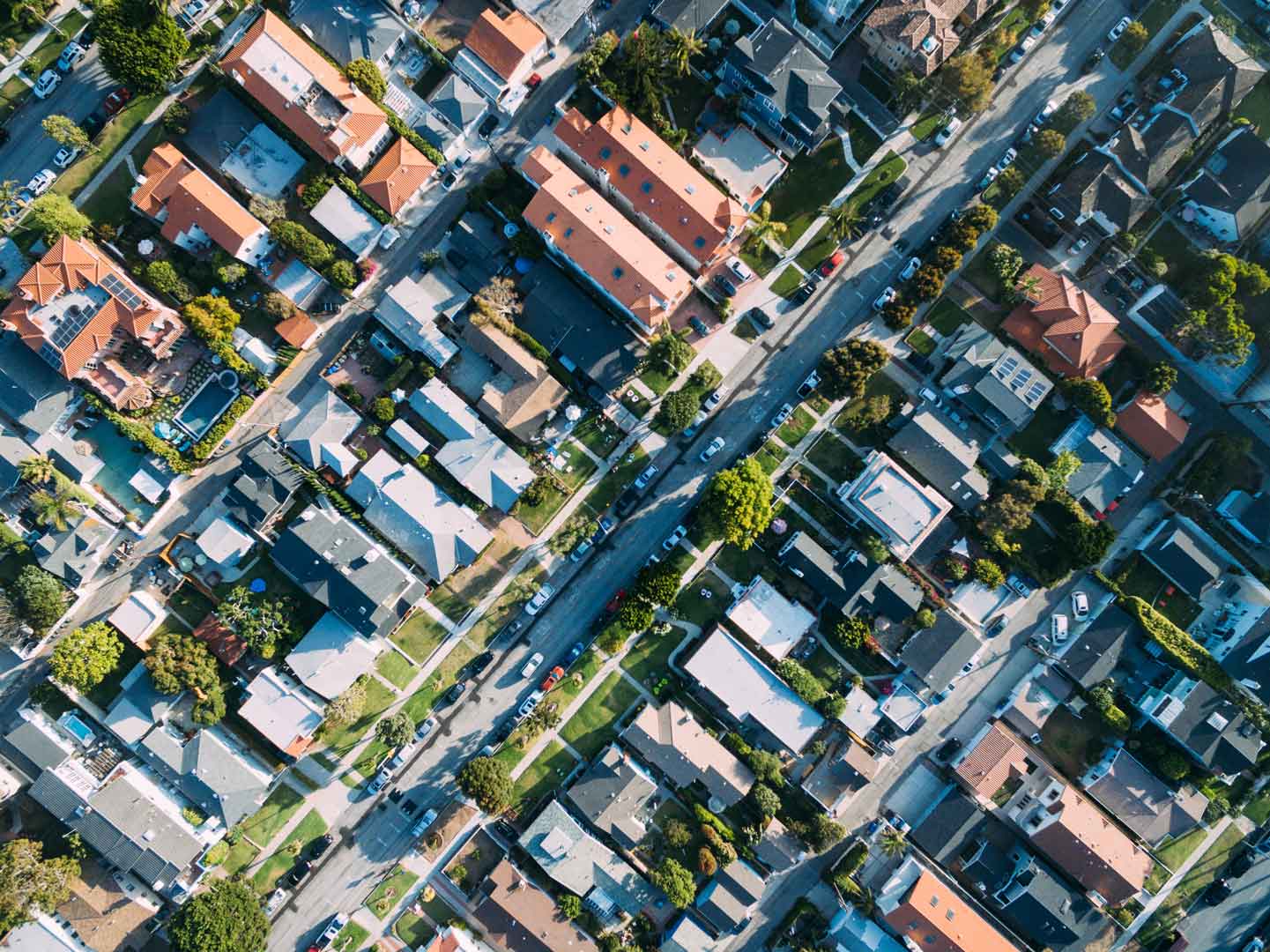What is the best roof type for solar panels?

Consider These Roof Types to Make Your Solar Panels Work Better
If you are planning to invest in a solar power system for your home, you have to know if you have the perfect roof type. Solar panels work on different types of roof, but its performance depends on the sun exposure as determined by the roof design and shape. That’s why it is essential for you to find out if you have the roof type that will guarantee the most favourable solar panel performance.
Out of the most common roof types, which one is best for solar panels?
Most roofing materials are suitable for solar panels, but there are specific types that allow for easier installation and a better end result. There is no such thing as the perfect roof type; however, you can choose the one that ensures effectiveness and efficiency. Here is a list of the most common roof types in Australia and their strengths and weaknesses:
-
Flat Roof
Installing solar panels in a flat roof is less complicated compared to a standard sloped roof. However, you have to consider adding to the cost because you’ll also have to invest in tilt racks to ensure its effectiveness.
The constantly changing position of the sun determines the amount of sunlight that hits your panels. With a tilt frame, you will be able to enhance the performance of the solar panels.
-
Hip Roof
The triangular design of this type of roof is what affects its receptivity to solar panels. This is a prevalent roof type in Australia. It features two slopes and a meeting point at the centre. This provides two options of where you can place your panels.
But with this type of roof, you cannot guarantee maximum exposure to sunlight for the whole day. There will be specific times during the day when one part of the roof will be completely shaded.
-
Mono-pitched roof
A mono-pitched roof or skillion roof features slants on one side of the house. It does not have a triangular peak, but it forms an angle on the two sides of the house. This can be the perfect place to install the panels.
It provides enough room for solar panels but you should also expect that there are times throughout the day that one part will be shaded. But it also ensures maximum exposure on some parts of the day when installed correctly.
How to maximise the efficiency of your solar panel
Enhance the performance of solar panels by using tilted frames. This way, you will be able to get the most from your solar panels. It’s also great to consult a solar installation specialist or an energy consultant. This way, you will be able to know the specific panel requirements for the type of roof you have.
Before installing solar panels, it is good to be sure that there are no existing problems or damages on the roof. Simple issues such as broken tiles and structural wear can complicate the installation. Plus, in the long run, it can also damage the solar panels. To make sure that your roof is ready for an installation, get a certified solar installer to do the inspection and identify the problems before you make a decision.




